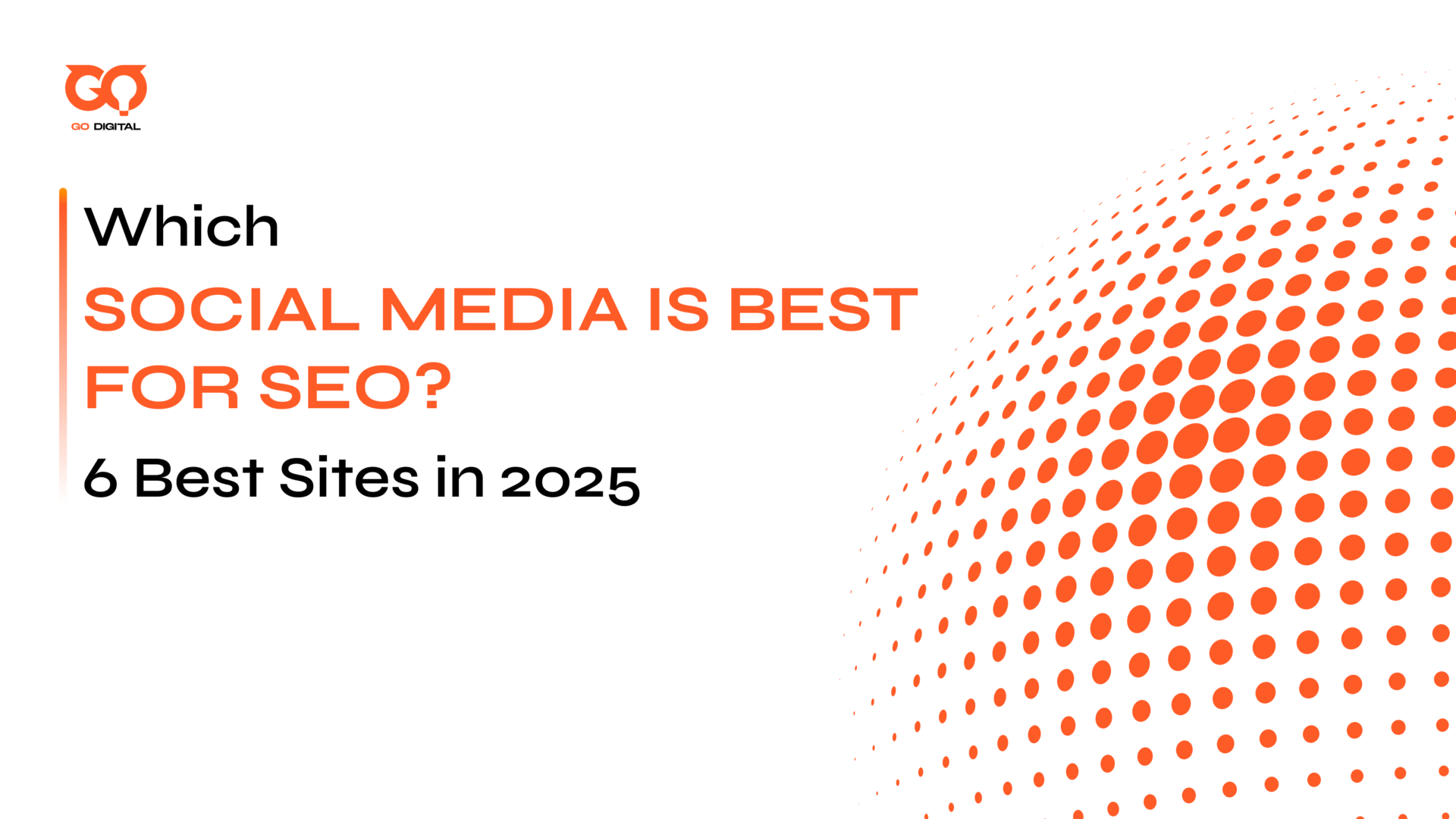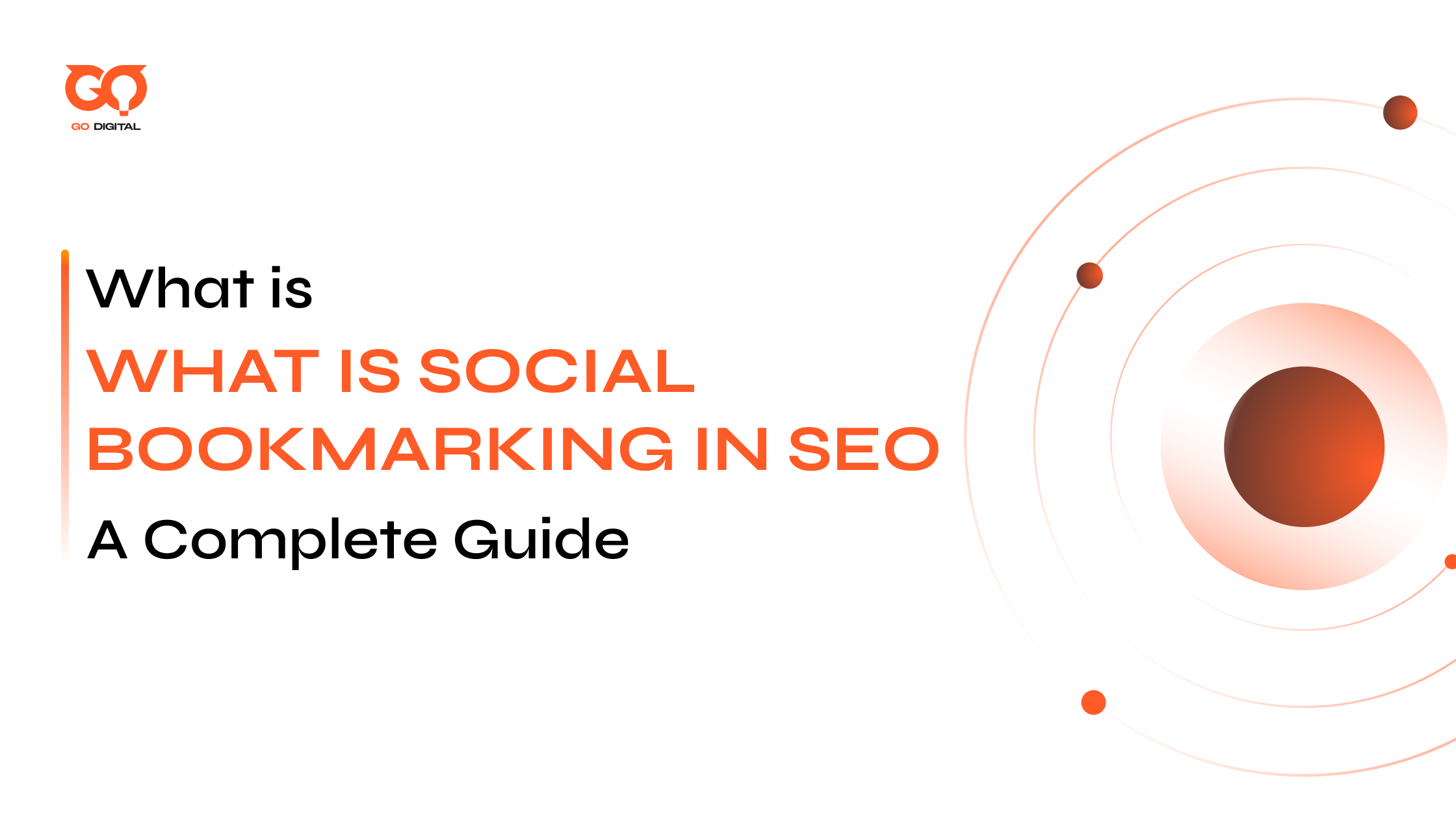Let’s be real—nobody ranks using old-school, dry SEO anymore. In 2025, every website craves traffic, every brand wants to go viral. With so many platforms, how do you pick the right ones to actually stand out on Google—without wasting energy or time?
Every time you scroll social, you’re not just catching up—you’re also seeing brands pop up everywhere, sometimes right on Google’s front page. That’s social media pulling the strings—especially when you’re too busy for “long-winded” content strategies.
This article is your straight-shooting map to the six best social platforms for SEO, packed with hands-on tricks—so you can walk away in minutes knowing exactly what to try next.
Key Takeaways (Fast, No-Fluff for Busy People):
-
Every social post is a shortcut to fresh traffic and quality backlinks.
-
YouTube videos? They show up on both Google and YouTube—double impact.
-
Twitter (X) gets your content indexed lightning-fast—no more waiting around.
-
LinkedIn lets your B2B brand soar if your profile’s sharp and your posts have flavor.
-
Clean, keyword-filled profiles? Expect more clicks and engagement.
-
Partnering with influencers is pure gold—expands your audience, brings juicy links to your site.
What is Social Media SEO?
You ever feel like your website’s just floating lonely in the Google ocean? That was me—until I figured out Social Media SEO is the real engine beneath the surface.

Social media plays a significant role in the overall SEO strategy
So, What’s Social Media SEO?
It’s not just tossing out a few posts and hoping for the best.
Social Media SEO means actually tuning up your profiles and content—think keywords, juicy hooks, back-and-forth with real people—so you get noticed, not ignored.
It’s about your socials working for your website, not just sitting there looking pretty.
Why Bother? Here’s What Actually Happens
-
More Eyes, More Shares: Post something good? Now it flies—reaching ten times more people, and each share is a chance at a valuable backlink.
-
Brand Name Pops Up Everywhere: Stay active, and suddenly folks start searching your brand directly on Google. You skip the line.
-
Stuff Gets Indexed Faster: New blog post? Slam that on socials—Google’s bots pick it up faster because they sniff around those links all the time.
-
Traffic Doesn’t Just Trickle—It Floods In: Posts on social = immediate stream of visitors. And when visitors stick around (those dwell times!), Google takes notes.
-
Backlinks Fall Into Your Lap: The more your content gets shared, the likelier cool websites find you and link back—helping you climb those rankings.
The Real Magic? Synergy
It’s not just about being everywhere. When your content hits both social and Google at the same time, you build momentum—visibility grows, authority stacks, and your traffic turns organic, not just paid.
Bottom line:
Start treating your social accounts like SEO satellites. Tinker, test, and chat with your audience—because every profile update or post could be the one that launches your brand to that next level.
Which Social Media is Best for SEO? 6 Top Platforms in 2025
Identifying which social media is best for SEO depends on your target audience, industry, and content type. Here are six platforms that stand out in 2025:
1. YouTube: Your Secret Weapon for SEO in 2025
I’ll be honest: ignoring YouTube used to be my biggest mistake.
If you want quick wins for SEO in 2025, here’s why you should care—and how you can make it work (even if you’re not a video pro).
The World’s Video Search Engine:
Over 2 billion monthly users—people use YouTube to search for answers, tutorials, and reviews, just like Google.
Videos show up in Google results too; your next “how-to” video might outrank traditional articles.
Get Discovered Quicker:
A smart video title featuring your keyword stands out immediately—e.g., “How to Optimize SEO in 2025” worked way better for me than any “clever” tagline.
Don’t waste your video description:
- Grab attention with a punchy intro.
- Slip in those essential keywords, but keep it natural (write for humans first).
- Drop in links to your website or socials for cross-platform traffic.
Tweak for Results:
Stick to 5–10 honest tags that line up with what your audience actually searches.
Always add captions or transcripts—Google “reads” these, so it’s free SEO points.
Repurpose your video by sharing the link in:
- Relevant blog posts
- Your email newsletter
- Other social channels, especially TikTok/Instagram for bonus eyeballs
Real Outcomes (No Hype):
After I fixed just the titles and descriptions on an old tutorial, it landed on Google’s first page and doubled my site visits that week.
The best surprise? People started following my brand on Instagram and LinkedIn because of that one video.
Bottom line:
Don’t overthink it. Try recording a simple answer to a question you always get, upload it, and optimize the basics.
You might be shocked at how far a single, well-tuned video can take both your traffic and your brand.
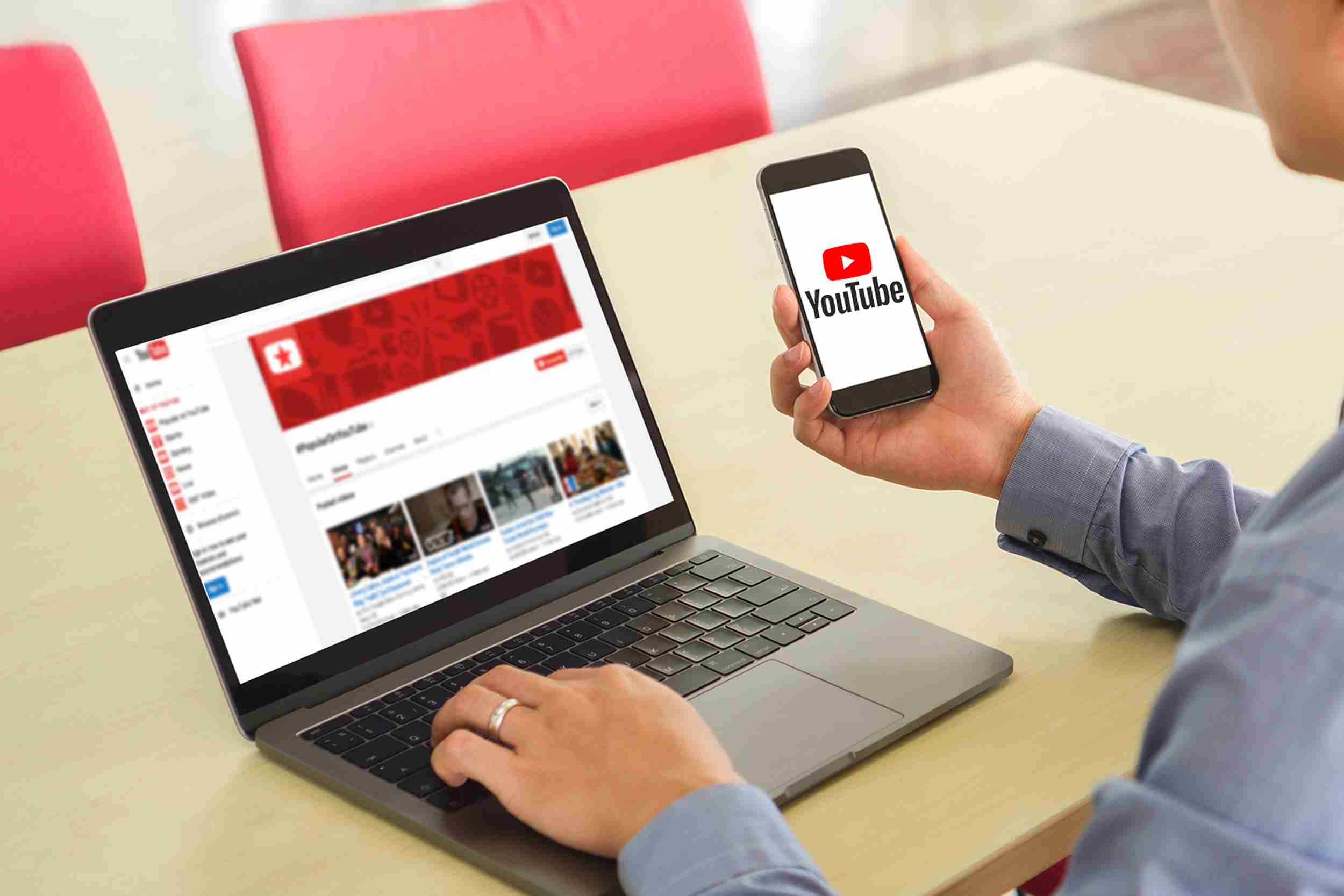 YouTube’s video content boosts rankings and drives traffic to the website
YouTube’s video content boosts rankings and drives traffic to the website
2. X: Where SEO Moves at Light Speed
If you’ve ignored X (Twitter) until now, trust me—you’re missing a real “fast lane” for SEO.
X isn’t just a noise machine for hot takes and memes. With billions of users posting quick thoughts and links, it’s a goldmine for building reach fast, driving traffic, and grabbing Google’s attention practically in real-time.
Why is X so effective for SEO?
-
Real-Time Indexing: Drop a tweet and Google’s bots notice almost instantly. Sometimes my posts start showing up in search within minutes—no more waiting days for crawling.
-
Supercharged Content Reach: A single tweet can boost a blog post, product launch, or trending idea in seconds. Short, snappy, and way more viral than stuffy web articles.
What actually works for X SEO?
-
Hashtags = Instant Visibility: Pick ones that matter to your niche—not just what’s trending. Using focused tags exposed my posts to completely new circles fast.
-
Engage Like You Mean It: Don’t just shout and run. I reply, retweet others, and jump into threads—each real interaction pushes my content that much further and brings in a burst of new eyes.
-
Share Content with a Hook: Boring links flop. Try a punchy headline, maybe a quirky emoji, and always a visual if possible. That’s what gets clicks and shares—not just the URL alone.
-
Profile = Mini SEO Billboard: I put my core keyword (“SEO Writer,” for example) right in my bio and handle. Suddenly, both X and Google started surfacing my profile when people searched.
Bottom line:
If you’re hungry for quick, visible results, X is the place to be. Pick a topic, start a conversation, and interact—don’t sleep on hashtag power or sprucing up your profile.
Even when I just have a few minutes, a well-placed tweet can send traffic straight to my site or spark a Google ranking jump. Sometimes, that’s all it takes to get ahead of slower-moving brands.
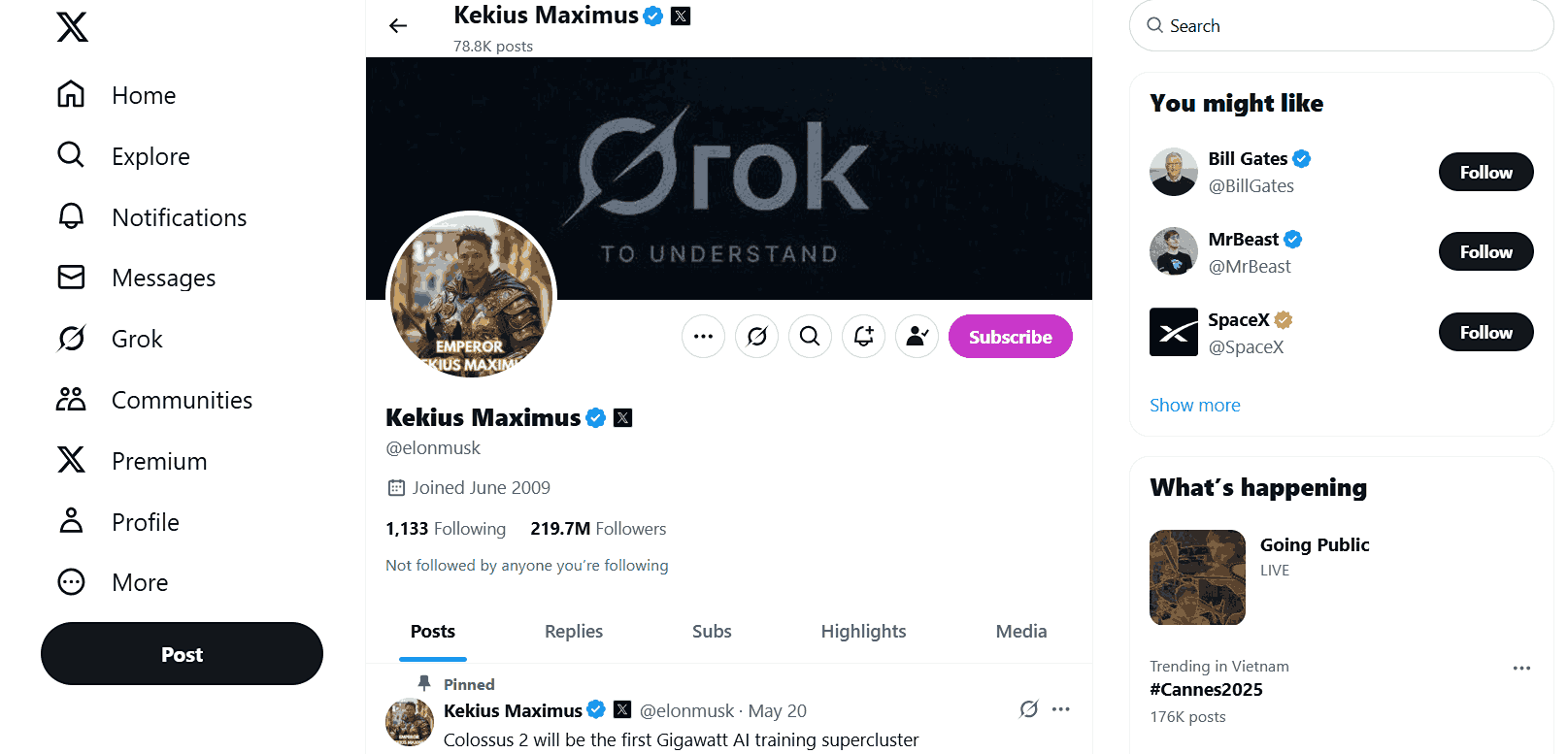
X’s rapid indexing helps content reach search engines quickly
Download the list of the 20+ best social sites for SEO right here!
3. Facebook
Facebook remains a dominant social media platform with a vast user base (with 1.71 billion monthly users). The Facebook SEO impact comes from its ability to generate leads and drive traffic. It offers various features that can support your SEO efforts:
- Business Pages: Create a comprehensive business page with accurate information and keywords.
- Content Sharing: Post regular updates, including blog posts, videos, and infographics, to engage your audience.
- Community Building: Use groups and events to foster a sense of community and encourage user-generated content.
- Reviews and Ratings: Encourage satisfied customers to leave reviews, which can enhance your credibility.
For example, a post about a new product with a website link can bring visitors. Facebook’s large audience makes it a vital platform when considering which social media is best for SEO.
 Facebook’s lead generation supports which social media is best for SEO.
Facebook’s lead generation supports which social media is best for SEO.
When choosing the best social media platforms for your SEO strategy, consider not only engagement and traffic but also how social bookmarking can enhance your efforts. Learn more about social bookmarking in SEO from our blog.
4. Instagram
Instagram is ideal for visual brands like fashion, food, or home décor. With its JavaScript-heavy structure, Google struggles to index Instagram posts. However, accounts with over 10,000 followers are more effective at driving traffic.
The Instagram SEO strategy involves:
- Optimized Bio: Include a link to your website and relevant keywords in your bio.
- Hashtags: Use targeted hashtags to increase the reach of your posts.
- Engaging Content: Share high-quality images and videos that resonate with your audience.
- Stories and Reels: Utilize these features to showcase behind-the-scenes content and promotions.
While Instagram links are typically no-follow, the platform’s ability to increase brand awareness and drive traffic can support your SEO goals.
 Instagram’s visual posts attract users through optimized profiles and hashtags
Instagram’s visual posts attract users through optimized profiles and hashtags
5. LinkedIn
LinkedIn, with over 500 million users, is perfect for B2B businesses. LinkedIn visibility in Google is strong, as optimized profiles often rank high for branded searches.
To maximize SEO, refer to the following strategies:
- Profile Optimization: Use relevant keywords in your profile and company page descriptions.
- Content Sharing: Publish articles and updates that showcase your expertise and industry knowledge.
- Networking: Connect with industry professionals to expand your reach and authority.
- Engagement: Participate in relevant groups and discussions to increase visibility.
LinkedIn’s professional focus makes it a top pick when determining which social media is best for SEO.
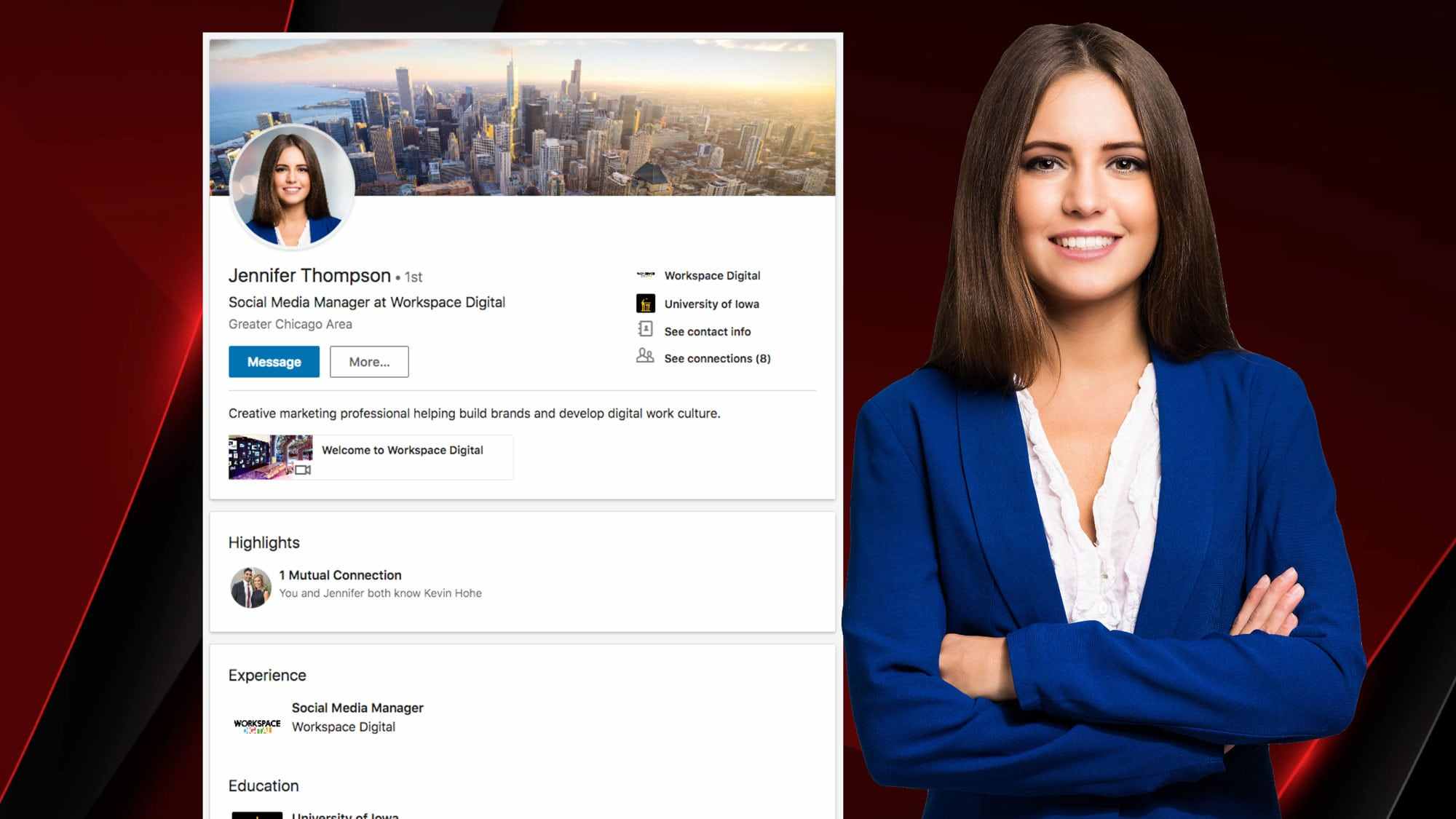 LinkedIn’s professional profiles increase brand visibility for B2B audiences
LinkedIn’s professional profiles increase brand visibility for B2B audiences
6. Pinterest
Pinterest is a visual discovery platform that can drive significant traffic to your website (with 465 million monthly users). Key strategies include:
- Optimized Pins: Pins with keyword-rich descriptions and website links drive traffic
- High-Quality Images: Share visually appealing images that encourage users to click through to your website.
- Consistent Pinning: Regularly add new pins to maintain an active presence.
- Use Pinterest Trends: To find popular keywords and enhance user experience.
Pinterest’s integration with search engines means that your pins can appear in search results, increasing your content’s visibility.

Pinterest’s pins link to websites, driving traffic for visual niches
Social Media SEO Strategies
To make the most of social media for SEO, you need clear strategies. Below are ten practical ways to boost your rankings using social platforms. These strategies help you understand which social media is best for SEO and how to apply them effectively.
Social Sharing Buttons on Your Website
SEO Benefit: Adding social sharing buttons makes it easy for visitors to share your content, increasing visibility and driving more backlink opportunities.
Actionable Tip: Position sharing buttons at key locations on your blog posts or landing pages to encourage sharing without interrupting the reading flow.
Pro Tip: Add floating share buttons for accessibility, allowing users to share your content with just one click.
| Read more: Outsource Backlink Building: 6 Steps to Get It Right |
Integrated Keyword Strategy
SEO Benefit: Using the same target keywords on your website, blog, and social media platforms creates consistency, making it easier for search engines to identify your content.
Actionable Tip: Integrate primary keywords in your social media posts, video descriptions, and blog content to reinforce your SEO strategy.
Pro Tip: Use long-tail keywords in your social media posts and make them natural, avoiding keyword stuffing.

Keywords unify social posts and website content for better visibility
Include Links in Social Profiles
SEO Benefit: Social media profiles are indexed by search engines. Including your website link in your bio adds more backlink opportunities, improving your SEO.
Actionable Tip: Always add your website link to your social media bio, especially on platforms like Instagram (using Linktree), LinkedIn, and Twitter.
Pro Tip: Use clear CTAs like “Visit our website” in your bio to increase the chances of users clicking through.
| Read more: Outsourced SEO Services. Maximize Results & Save Big on Costs |
Incorporate Links into Video and Presentation Content
SEO Benefit: Including links in your video descriptions or presentation content helps drive traffic back to your website, creating more backlinks.
Actionable Tip: For YouTube, always add your website link and a call-to-action (CTA) in the video description.
Pro Tip: On platforms like SlideShare, add clickable links directly to your slides to guide users to your blog or landing pages.
 Links in videos and presentations guide users to website content
Links in videos and presentations guide users to website content
Optimize Social Profiles
Your social media profiles should be optimized just like your website. That means using keywords, consistent branding, and complete details. Steps to optimize:
- Use your primary keyword (like which social media is best for SEO) in your About sections.
- Include your business name and location where relevant.
- Use a clear profile photo and cover image that reflects your brand.
- Fill out all profile fields completely because empty profiles can look untrustworthy.
By optimizing profiles across platforms like Facebook, LinkedIn, and Twitter, you increase the chances of your pages showing up in search results.
Building Links and Social Media Reach
Social media links are often “nofollow,” meaning they don’t directly boost SEO authority. However, they drive traffic and encourage others to link to your content. Tactics for building links:
- Create share-worthy content: infographics, research, or long-form guides.
- Participate in Twitter chats or LinkedIn discussions to gain followers.
- Tag influencers and ask for their input to increase shares.
- Share high-quality content, like blog posts or infographics, to attract shares.
Establish Relationships
Social media is a two-way street. Building relationships with industry experts, peers, and influencers on these platforms can indirectly benefit your SEO. You can gain visibility by commenting on their posts or sharing their content.
Why does this matter for SEO?

- Relationships can lead to mentions on blogs and websites (a goldmine for backlinks).
- It boosts trust and visibility across your niche.
- Engaging with others increases your content’s reach and shareability.
Start simple is comment on posts, reply to tweets, reshare quality content, and tag others in your posts where appropriate. Over time, people start to notice. They engage back. Eventually, they might feature your work in their content.
Boost Your Content Creators’ Profiles
Promote your team’s social profiles to increase their reach. This builds trust and attracts more followers, driving traffic to your website.
How to support creators:
- Tag writers, designers, or video creators in your social posts.
- Encourage them to share your brand’s content on their profiles.
- Create author pages on your website and link them to their social media.
Content creators have strong social followings. It increases content exposure and can lead to more backlinks and mentions. For example, if your lead blogger posts an article and shares it from their own LinkedIn profile, it might get more traction than a post from the company page.
Increasing Positive Mentions
Positive brand mentions, even without direct links, can influence how search engines view your credibility. Google uses brand signals to understand which brands are being talked about positively.
How to increase brand mentions:
- Offer exceptional customer service and encourage feedback.
- Run user-generated content campaigns.
- Send free products to influencers or micro-influencers.
- Use brand hashtags and encourage users to share experiences.
The more your brand is mentioned across social media platforms, the more authority you gain in your niche. Platforms like Facebook and Instagram are perfect for these tactics. If you’re asking, “Which social media is best for SEO?”, then it often comes down to where you’re being positively talked about the most.
Collaborating with Influencers
Working with influencers can skyrocket your brand visibility. Influencers have loyal audiences who trust their recommendations.
Influencer SEO benefits:
- More branded search traffic
- Increased chances of backlinks from high-authority blogs
- Exposure to new, relevant audiences
Choose influencers whose followers match your target audience. A well-planned campaign can provide long-term SEO benefits through shares, links, and mentions.
Conclusion
The best social media for SEO in 2025 depends on your brand and audience. YouTube is great for videos, Twitter for quick indexing, and LinkedIn for B2B. Facebook, Instagram, and Pinterest help drive traffic and build awareness. By using strategies like optimizing profiles, sharing links, and building relationships, you can boost rankings.
At Golden Owl Digital, we help clients master which social media is best for SEO to grow their online presence. Contact us today to improve your SEO with social media.


